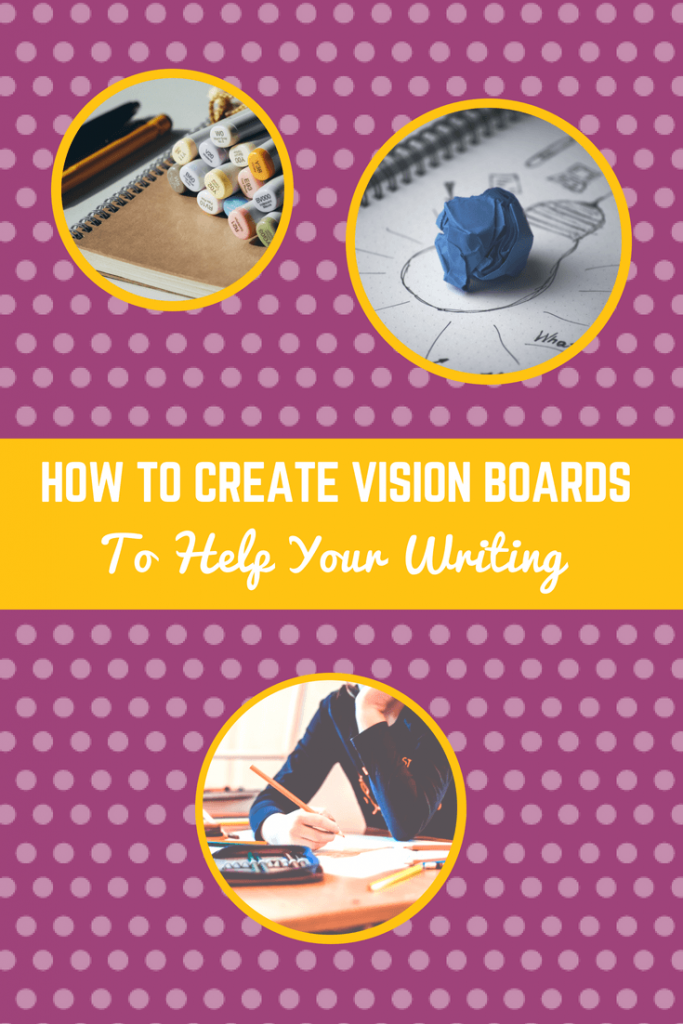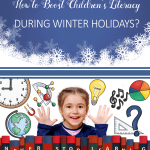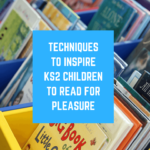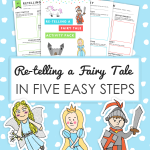How to Create Vision Boards for Writing
If staring at a blank piece of paper is daunting for you, then writing that first sentence can be a big hurdle for children just learning to write. Vision boards provide a fun, interactive springboard into any writing project that turns writing into more of an art project than a challenge. Images engage us and attract our attention much quicker than words often can. After all, many of us would rather watch a movie than read a book or scroll through images than reading text announcements.
Vision boards can help envision how a story will look and flow so that by the time you grab a pencil, the planning process is already done. Studies show that visualizations train our brains for actual performance, which enhances motivation and increases motivation. So, if you’re facing difficulties in inspiring young writers, here are four types of vision boards to make the writing process simpler and more engaging!
What You’ll Need to Get Started
Luckily, vision boards don’t require many materials outside of what’s already lying around your home or classroom. A few common tools to use include:
- Magazines—stacks and stacks of them!
- Newspapers
- Scissors
- Glue sticks
- Posterboard, cardboard, construction paper, or any sturdy surface to use as the board
- Markers, coloured pencils, or any writing utensil to make notes
The Brainstorming Board
Whether the goal is to write a fairy tale, autobiography, scary story, or poem, the planning process is the first and most important step. Brainstorming boards are a free-for-all that can include any images that fit a broad topic. For example, if the assignment is to write a short fairy tale about hamburgers, you can cut out fast food images from ads, headlines from magazines (make sure these magazines are age-appropriate, of course), and magical forest scenes from a travel journal. In the end, a brainstorming board will inspire scenes and plot ideas at a glance.
The Plot Development Board
With an idea of which direction you want a story to take, you can then begin to outline the characters, setting, and plotline. Depending on how long the story will be, it may be necessary to dedicate a board to each section of the story or character. For setting, try visualizing the different places where each scene will take place with a progression of backgrounds on one board. Dedicate another board to character development, which can include elements like career, appearance, fashion, and even personality.
The Storyline Outlining Board
Storylines can be trickier to visualize, as you’ll need tons of space and a clear idea of how to break it up. The easiest way to split it up into images is by thinking of the story as chapters or scenes in a theatre production. It’s near impossible to fit every detail into images, let alone find the images for it, so focus on the highlights of each section. It may be a good idea to encourage children to use a writing utensil in this one to write down any other key pieces of information that can’t be captured through cutouts. You might even find this storyboard template useful.
The Alternate Ending Board
Stuck on an ending? Rather than writing out multiple versions of how a story ends, it’s easier to see it unfold through pictures. This type of storyboard is a good option for when a portion of the story is already written or outlined, and a little extra inspiration is needed to decide on the perfect plot twist or ending. Additionally, you can summarize each option with the main message or feeling that each scene conjures. Happy endings can incorporate words like love, family, and feel good, while words like dark, sick, or cloudy describe the not-so-happy endings.
An added benefit of visualizing stories through storyboards is having images to splash more detail into a story. Images make it easier to think of adjectives and adverbs to use throughout the story that otherwise would be left purely to the imagination. Vision boards help the creative story writing process by inspiring ideas from existing material and walking children through the story development process visually. Next time you want to encourage creative writing, try using vision boards as a fun, non-stressful introduction!





Comments loading...